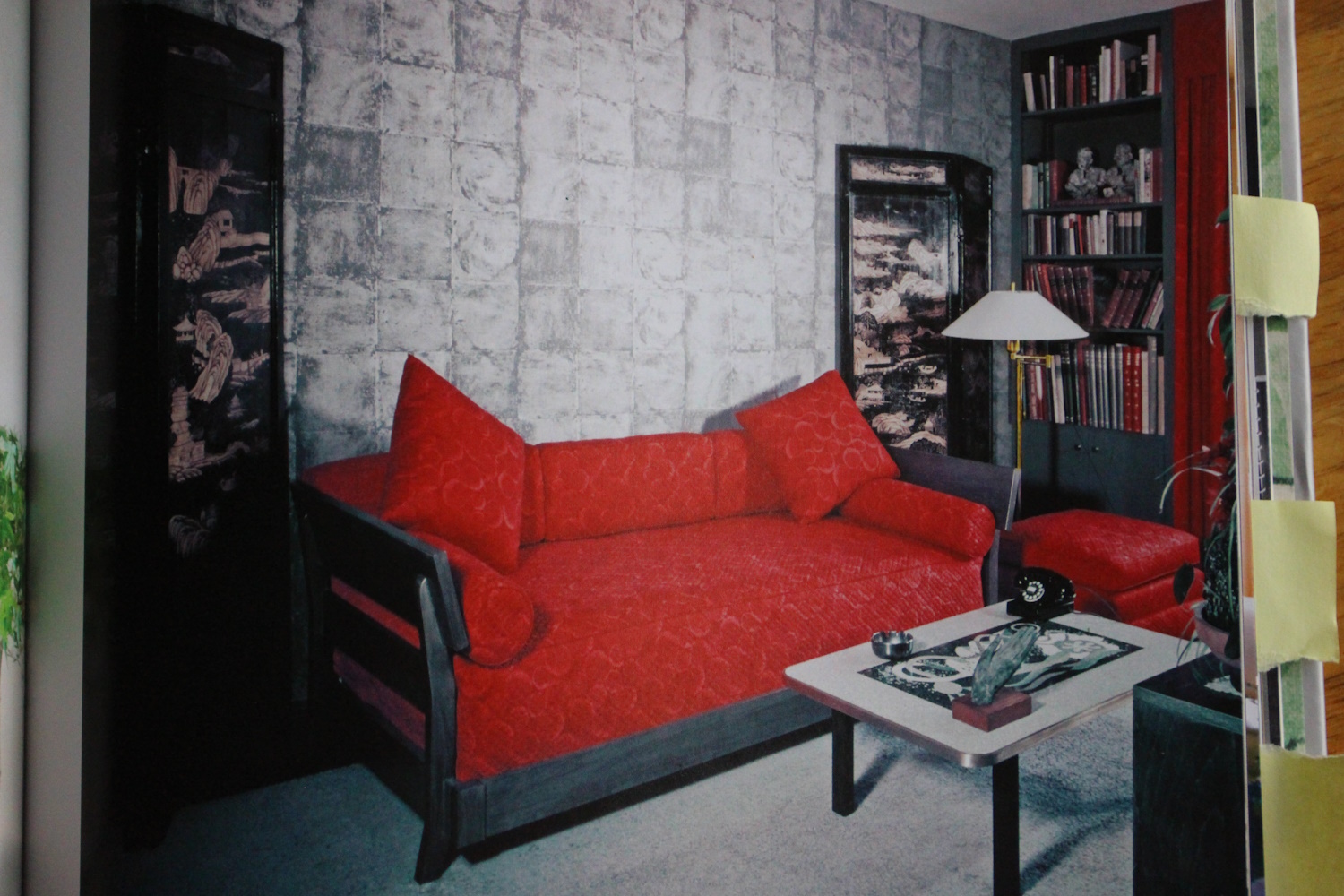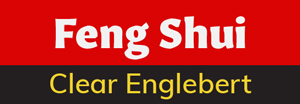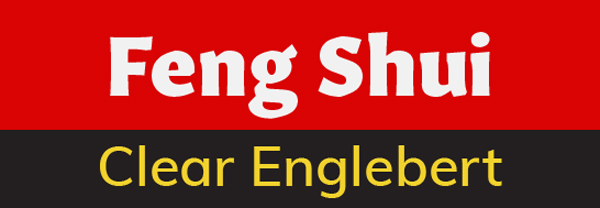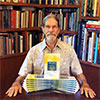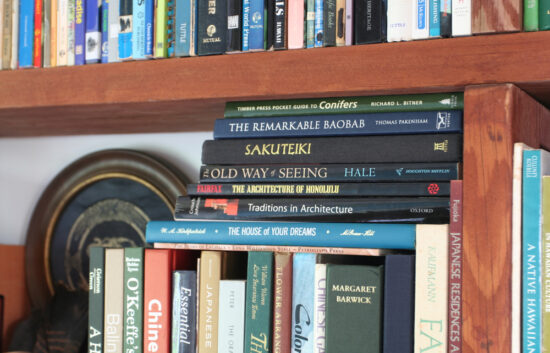Feng Shui and the Voices of Objects (with Emphasis on Bookends)
Your home and its contents are a chorus. Every object has a voice; the objects that are out in view have the loudest voices and the most profound effect. What the voices are calling for is certain energy to come into your life. The message depends on the symbolism of the object. Hence a great feng shui caution about unnecessary ornamentation, which introduces symbolism that wouldn’t necessarily be there if the object were unornamented—ornamentation can be a burden. It’s best to know what you’re asking for!
That’s what I consider to be the great gift of feng shui—it can let you know the kind of effect that is likely to show up in your life. Common sense and intuition are important in feng shui—and so is knowledge of the five elements (which are complex and will be discussed in future posts). Also, the importance of context cannot be overstated. (Context in this case means all the other factors that are going on in and around the home—such as: who is living there, who lived there previously, what’s the place like at night—context can be huge.) When I consult, I look at a person’s objects and explain their symbolism and how that symbolism affects the area of the bagua of the room or house.
Let’s use bookends as an example of objects that call certain energies. A pair of figural bookends might be great in a Relationship Corner, but not if the figures on the bookends are looking away from each other.

Since the elephants in this photo are looking toward the books they are holding, they are very appropriate for a freestanding book arrangement.

These monk bookends are not appropriate for a freestanding arrangement because that makes them look away from each other.
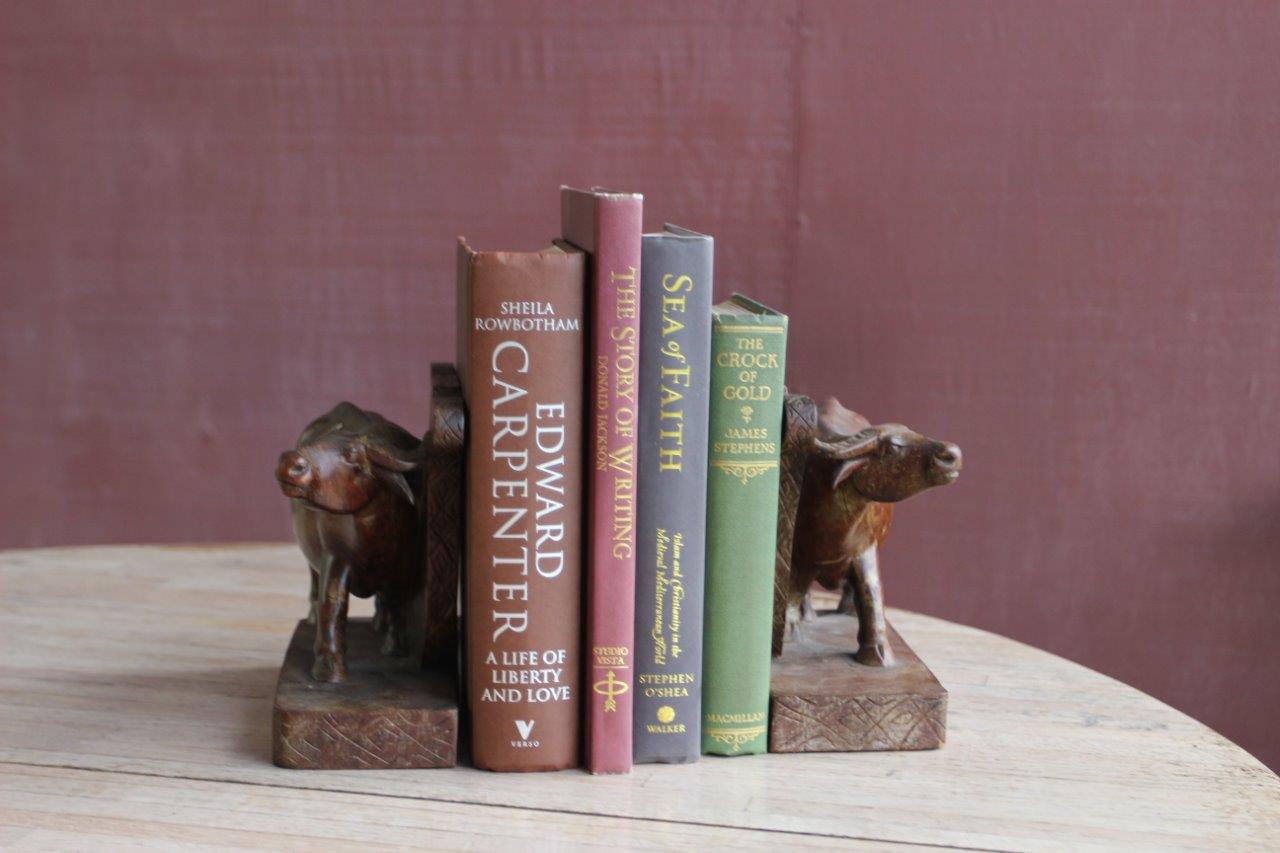
These ox bookends are not so straightforward, because even though the oxen are moving in the same direction, they are looking in different directions.
Sometimes it just takes some extra thought when positioning objects to create the correct message:
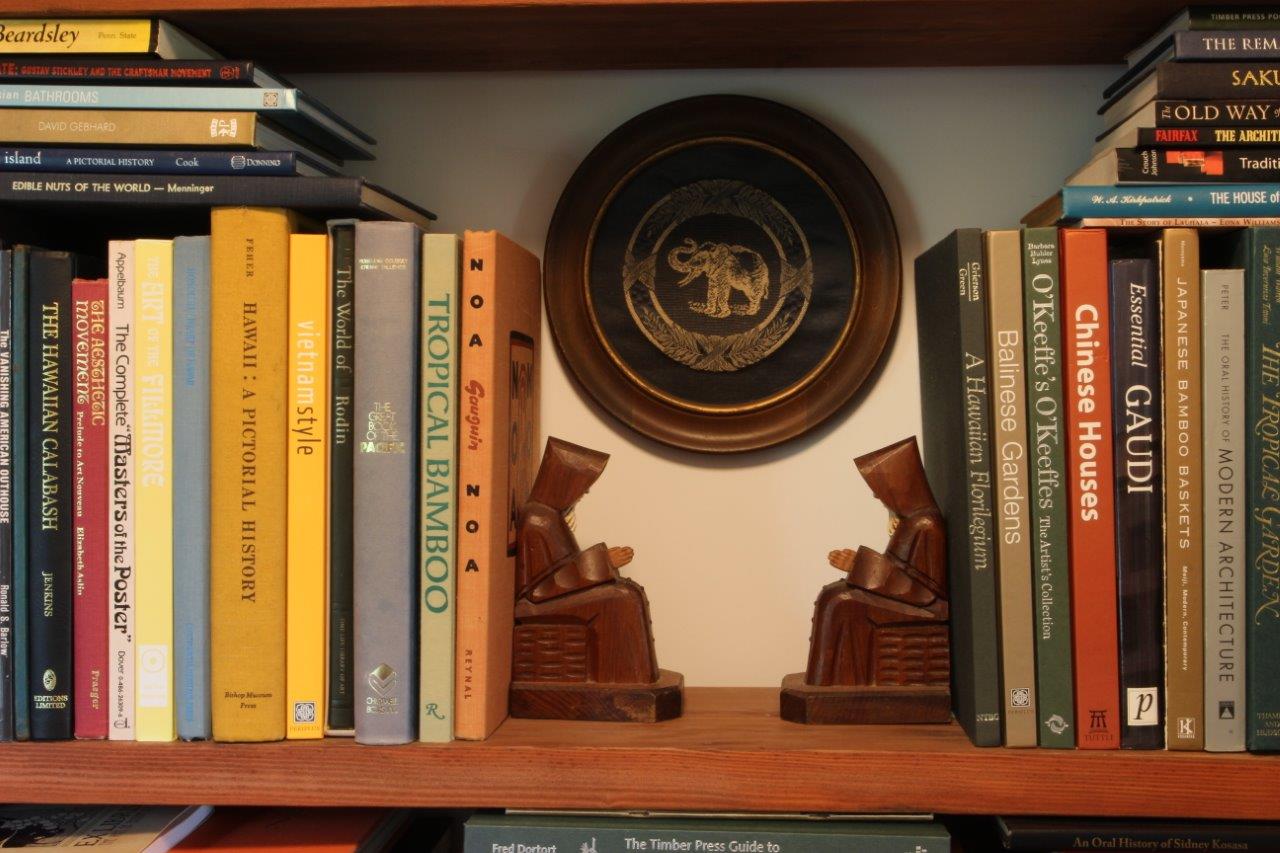
When used in shelving, the monk bookends are perfect to create a break in what would otherwise be a wall of books. Here they create space for a framed elephant brocade, and happily, the monks are looking toward each other.

Here the ox bookends are used to their best advantage because not only are they going in the same direction—they are also looking toward each other—nice!
By the way, clutter speaks, too. The commonsense message of clutter is: “I’ve got too much to handle already—I can’t handle any more!” The quickest way test feng shui in your life is to get rid of some clutter and see what happens. I predict you’ll reach your goals quicker. (When letting go of things, do it quickly—before you change your mind and before the objects that you have chosen to donate start to clog up another area of the bagua of your home.)
The voice of your home itself is best covered in Carole Hyder’s remarkable book Conversations with Your Home. I heartily recommend this book to everyone!
Leave a Comment Cancel Comment
Related Posts
Feng Shui & Fake Books
Feng Shui & Prayer Flags
Books About Books—My Favorite Subject
Recent Posts
Three Famous Gay Men from Huntsville, Alabama

My Youtube Feng Shui Channel
